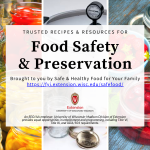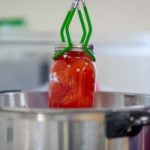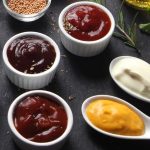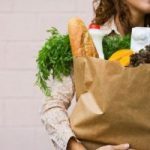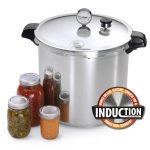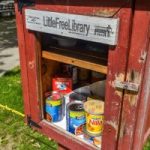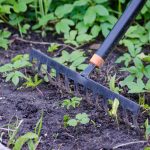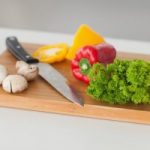Safe & Healthy Food for Your Family: Food Safety and Preservation (Recipes and Resources)
Are you looking for trusted recipes and resources for food safety or food preservation? The Division of Extension’s Safe & Healthy Food for Your Family web page has recipes, resources, and best practices for you!
Read More...
